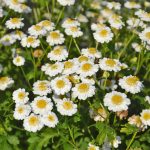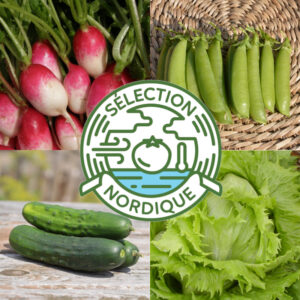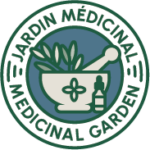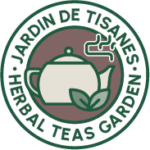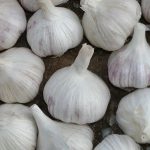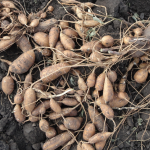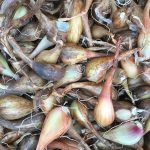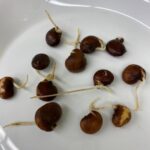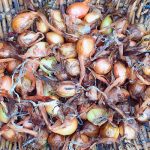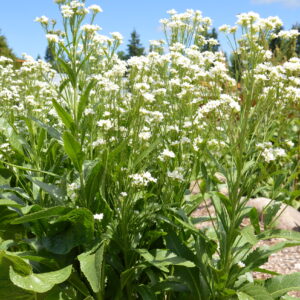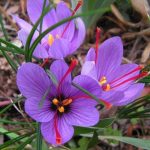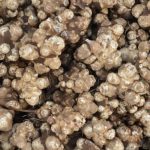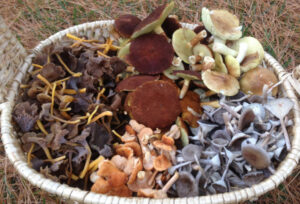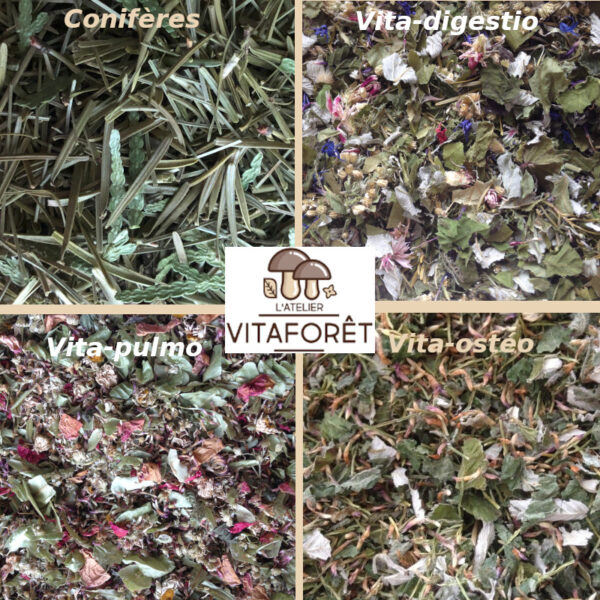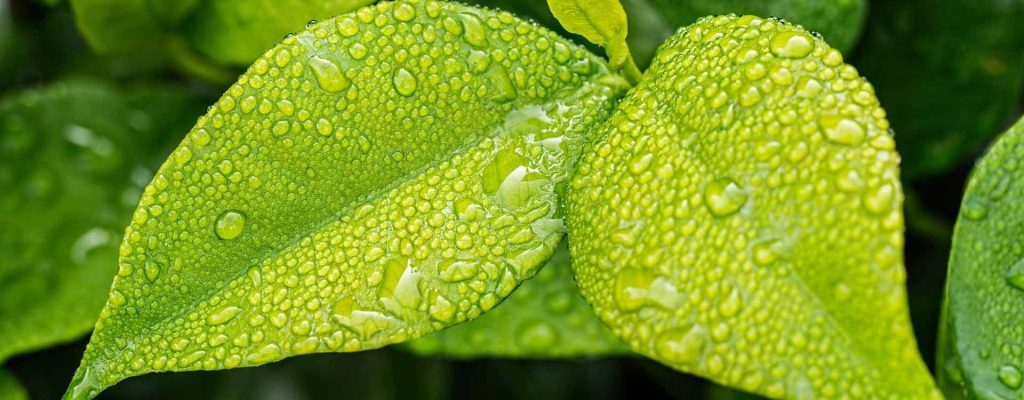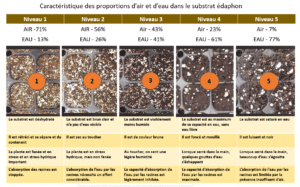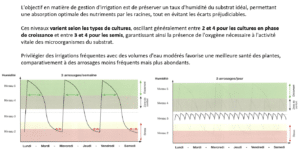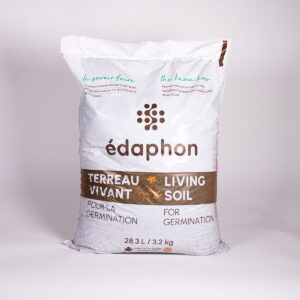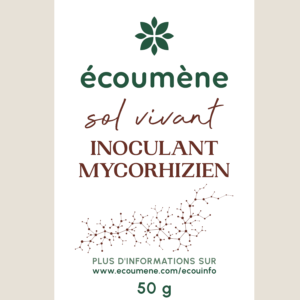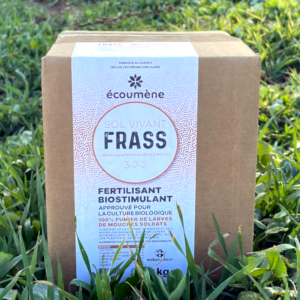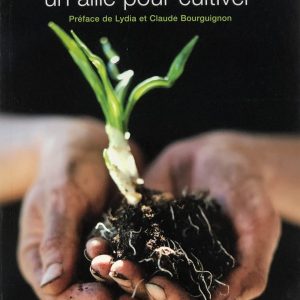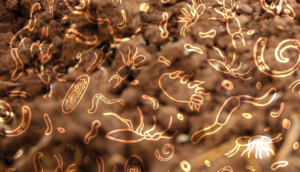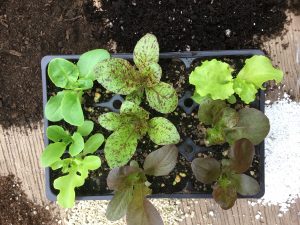The Importance of Water for Plants
Water is vital to plants, playing a crucial role in both photosynthesis and transpiration. During photosynthesis, water is split, releasing oxygen essential for plant growth. Transpiration, for its part, helps regulate the internal temperature of the plant while facilitating the absorption of essential nutrients present in the soil. From the germination stage, water is a key activator of the seed's metabolism, marking the start of its development.
Humidity variations, influenced by temperature changes, directly impact these vital processes. Excess or lack of water can disrupt photosynthesis and transpiration, highlighting the importance of precise water management in gardening to maintain the life cycle of plants.
Evaluate the water needs of your plants
Understanding the specific water needs of different plant species is fundamental. These needs vary depending on the original habitat of the plant, its physiology and its stage of development. Adequate irrigation is vital to prevent water stress, disease or even plant death.
To effectively assess your plants' water needs, start with careful observation of the soil and plants. Dry soil requires immediate watering to prevent stress on the plants, while moist soil indicates that the plants still have the necessary water. The key to accurately determining this moisture state lies in tactile and visual observation of the soil, supplemented by monitoring plant vital signs, such as wilting or leaf color changes.
 At the same time, gardeners must adjust their irrigation strategies taking into account climatic conditions, seasonality, and soil type, all factors influencing water retention and specific water needs. A thorough understanding of plant life cycles and their periods of active growth is also crucial, helping to ensure targeted and timely irrigation, ensuring that water is delivered when plants need it most.
At the same time, gardeners must adjust their irrigation strategies taking into account climatic conditions, seasonality, and soil type, all factors influencing water retention and specific water needs. A thorough understanding of plant life cycles and their periods of active growth is also crucial, helping to ensure targeted and timely irrigation, ensuring that water is delivered when plants need it most.
Substrate Moisture Level Characterization Techniques
Maintaining an optimal moisture balance in the substrate is crucial for plant health and productivity. Accurate characterization of humidity levels, carried out through a five-level method based on sensory and physical criteria, is essential for effective irrigation.
This method helps horticulturists determine the optimal time to water, thereby avoiding wasted water and ensuring that plants receive the moisture they need for growth.
In addition to this method, the use of technologies such as soil moisture sensors can offer more precise measurement and facilitate data-driven water management, enabling even more targeted and efficient irrigation.
Conclusion
Managing humidity is an essential skill that is perfected with time, practice and experience. It is not only about plant health, but also reflects our connection with nature and our responsibility towards water conservation.
By adopting thoughtful irrigation practices and focusing on the specific needs of each plant, gardeners can significantly improve the health and productivity of their garden. This creates a sustainable gardening environment that respects natural resources and enriches biodiversity.


